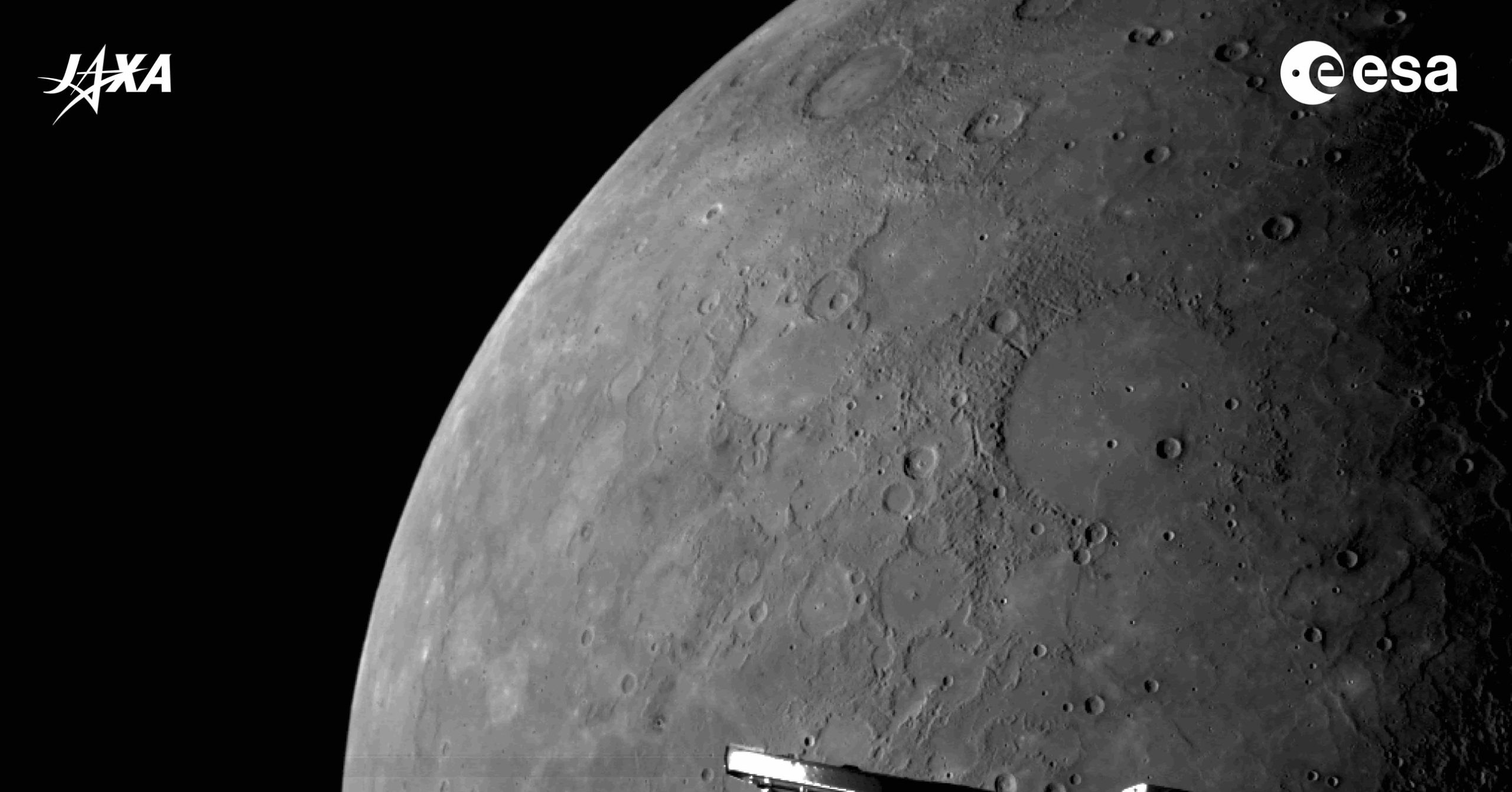at 06:59 central On January 8, European time, the BepiColombo spacecraft successfully made its sixth flyby of Mercury, the innermost planet of the solar system. This was a “gravity assist maneuver”, a move that used Mercury's gravitational pull to alter the course of the BepiColombo vehicle, which would bring it into orbit around the planet by the end of 2026.
BepiColombo is a joint mission of the European Space Agency (ESA) and the Japan Aerospace Exploration Agency (JAXA) that will study the composition of Mercury. The vehicle, consisting of two probes – ESA's Mercury Planetary Orbiter and JAXA's Mercury Magnetospheric Orbiter – was launched in the fall of 2018 and previously orbited the Sun.
When it approaches Mercury again, the spacecraft will separate, and both probes will head toward their dedicated polar orbits. BepiColombo's scientific mission is scheduled for early 2027, when the probe will seek information about how the planet formed and whether some of its craters contain water in the form of ice.
Until then, we'll have to make do with the details contained in these three images taken by the vehicle during its most recent flight.


